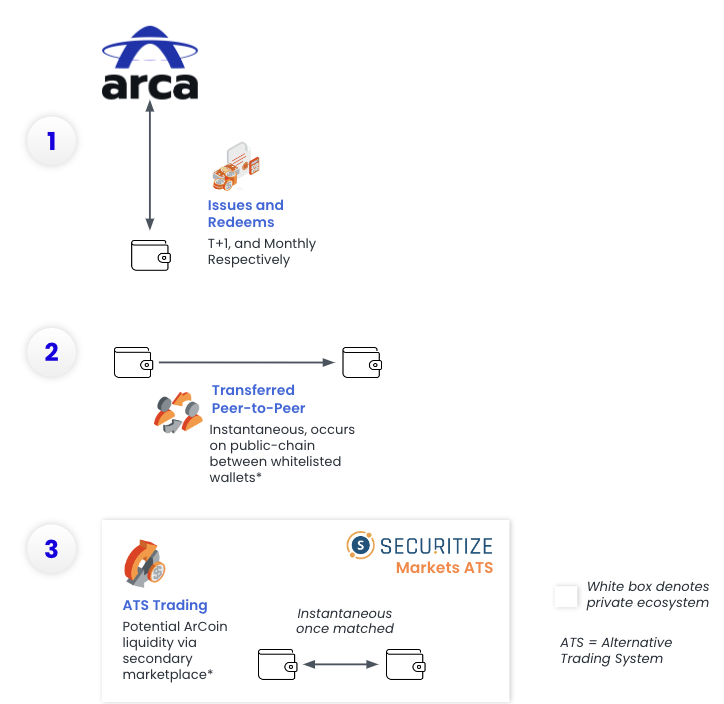Research Summary
The report provides an in-depth analysis of Avalanche, a platform for creating interoperable, flexible, and high-performance blockchains. It discusses Avalanche’s unique features, including its Subnet architecture, Snowman Consensus protocol, and Avalanche Warp Messaging. The report also compares Avalanche with other blockchain frameworks like Cosmos Ecosystem appchains and Ethereum rollups, and anticipates the impact of upcoming upgrades such as HyperSDK, Vryx, and Firewood.
Key Takeaways
Avalanche’s Unique Features and Performance
- Subnet Architecture: Avalanche supports the development of specialized blockchains, each validated by a Subnet—a group of validators that determine the blockchain’s architecture, operations, and economics. The Avalanche Network is composed of multiple blockchains validated by Subnets, with the Primary Network being the first Subnet, validating the C-Chain, X-Chain, and P-Chain.
- Snowman Consensus Protocol: Unique to Avalanche, the Snowman Consensus protocol enables fast finality and scalability by avoiding all-to-all communication between nodes, allowing for efficient consensus even with a large number of validators.
- Performance: In December 2023, the C-Chain managed an average of 40 TPS and reached a peak of 106 TPS, demonstrating the Avalanche tech stack’s performance compared to other EVM chains, despite being lower than high-throughput chains like Solana.
Upcoming Upgrades and Their Potential Impact
- HyperSDK: The HyperSDK simplifies the creation of custom VMs (HyperVMs) for developers, reducing the development time from months to days and accelerating the path to market. The HyperSDK includes powerful default parameters, enabling developers to concentrate on their application’s core functionality rather than VM construction.
- Vryx: An upcoming transaction processing mechanism, Vryx, aims to improve Avalanche’s performance by allowing validators to concurrently build and replicate block chunks, potentially enabling over 100k TPS. Vryx, inspired by research such as the Narwhal Tusk paper, is expected to be implemented into the HyperSDK by year’s end, with performance benchmarks to be published by Ava Labs.
- Firewood: Ava Labs is developing an in-house database solution, Firewood, to address state management challenges and scalability by providing quick state access and reducing the overhead of state modifications. Firewood is an improvement over the initial MerkleDB, aiming to remove bottlenecks to transaction throughput, with performance benchmarks also forthcoming.
Comparison with Other Blockchain Frameworks
- Cosmos Ecosystem: Both the Avalanche Network and the Cosmos Ecosystem aim to create a web of independent chains connected asynchronously with a trust-minimized messaging standard. Developers on both platforms can build their own blockchains with independent security, necessitating the establishment of a high-quality validator set.
- Ethereum Rollups: Rollups are an alternative to launching a blockchain on the Avalanche Network, functioning by extending the execution of another blockchain and settling transaction data back to it. They offer a variety of options for state validation, including fraud proofs and zero-knowledge (zk) proofs, and can be built using frameworks like OP Stack or Arbitrum Orbit.
Challenges and Opportunities
- Challenges: Attracting developers to the Avalanche ecosystem remains a significant challenge, with competition from other blockchain architectures. The tradeoff for higher performance and TPS in Avalanche may be increased validator hardware requirements, which could impact the network’s decentralization by raising the cost and reducing accessibility for node operators.
- Opportunities: The anticipated launch of HyperSDK, Vryx, and Firewood in the latter half of the year is expected to be a major catalyst for Subnet adoption within the Avalanche Network. ACP-13 discussions are centered on reducing entry barriers and scaling Subnet adoption, aiming to streamline the onboarding process for developers.
Actionable Insights
- Monitor the Implementation of Upcoming Upgrades: Keep an eye on the implementation of HyperSDK, Vryx, and Firewood, and their impact on Avalanche’s performance and scalability. These upgrades could potentially drive Subnet adoption and enhance the platform’s appeal to developers.
- Assess the Impact of ACP-13: Evaluate the potential effects of ACP-13 on reducing the costs and complexity of launching a Subnet. This proposal could lower the financial barrier to entry and streamline validator responsibilities, thereby fostering Subnet adoption.
- Compare with Other Blockchain Frameworks: Continually compare Avalanche with other blockchain frameworks like Cosmos Ecosystem appchains and Ethereum rollups to understand its competitive position and unique selling points.














